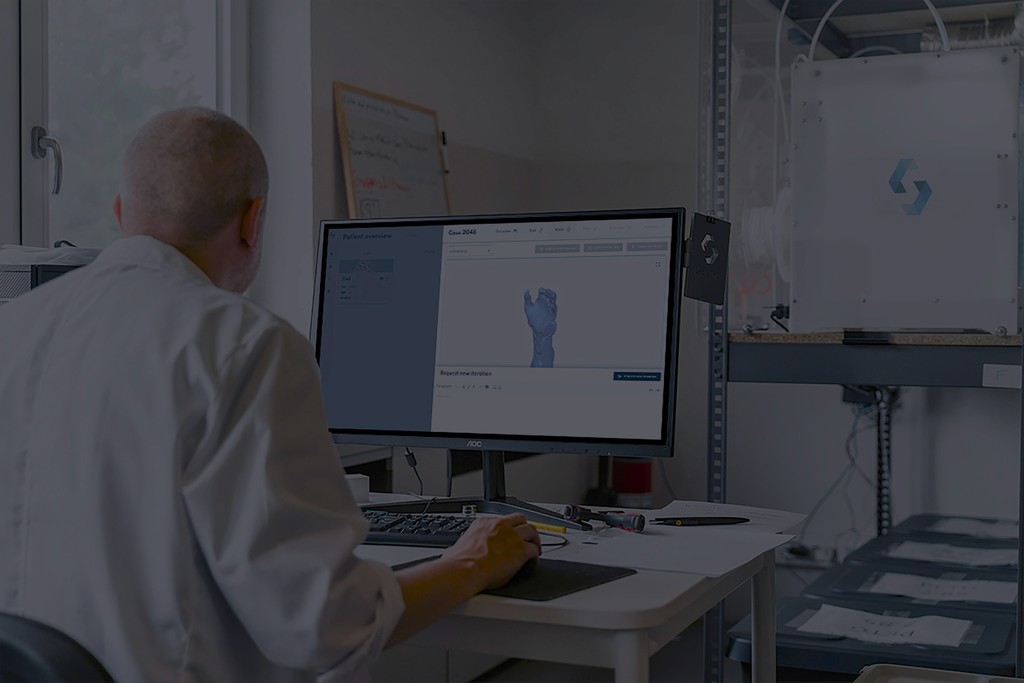Building Effective Digital Health Products
When building digital health products, it's important to ensure they meet the needs of the people who will use them—patients, clinicians, and caregivers. This is where human-centered design (HCD) and Agile development come into play. These two approaches work together to create functional, user-friendly, and effective software in real-world settings.
What is Human-Centered Design?
Human-centered design is a way of creating products by focusing on users' needs and experiences. In the context of digital health, this means designing apps, platforms, or tools that are easy for patients and healthcare providers to use. The goal is to understand what users need, their challenges, and how technology can help solve those problems.
To do this, designers often start by talking to users, observing how they interact with current systems, and gathering feedback. This information helps guide the design process, ensuring that the final product is useful and meets the needs of those using it. By putting the user at the center of the design process, we can build digital health tools that are more likely to be adopted and positively impact health outcomes.
How Does Agile Fit In?
Agile is a method of developing software that emphasizes flexibility and collaboration. Instead of working on a project for months or years before releasing it, Agile teams work in short cycles, known as sprints, to produce small, usable parts of the product. This allows for frequent testing and feedback so the product can be continuously improved throughout development.
Agile is particularly useful in digital health because it allows teams to respond to changes in user needs or market conditions. For example, if a new regulation comes into play or users report a product problem, the development team can adjust quickly. This flexibility helps ensure the product remains relevant and effective as it evolves.
Combining Human-centered Design and Agile
When human-centered design and Agile development are combined, the result is a user-focused and adaptable process. Here’s how they work together:
User Research: The first step is understanding the users—patients, clinicians, and caregivers. This involves conducting interviews, surveys, and observing how they use current tools. The insights gathered help shape the direction of the product.
Prototyping and Testing: Based on the research, designers create simple versions of the product, known as prototypes. These prototypes are then tested with users to see what works and what doesn’t. This step is crucial in identifying any issues early on.
Iterative Development: Agile development comes into play as the product is built in small, manageable parts. Each part is tested and refined based on user feedback. This iterative process ensures that the final product meets user needs and can adapt to any changes.
Continuous Feedback: The team continuously gathers user feedback throughout the development process. This feedback is used to make improvements, ensuring that the product is always aligned with users' needs.
Why It Matters
Combining human-centered design with Agile development is especially important in digital health because it helps create products that truly meet users' needs. Healthcare is a field where the stakes are high—mistakes can have serious consequences. By focusing on users and being able to adapt quickly, these methods help ensure that the final product is safe, effective, and easy to use.
For patients, this means accessing digital tools that help them manage their health more effectively. For clinicians, it means using software that supports their work rather than complicates it. And for caregivers, it means having resources that make caring for their loved ones easier.
In the end, the combination of human-centered design and Agile development helps create digital health products that are useful and improve the overall experience for everyone involved.
